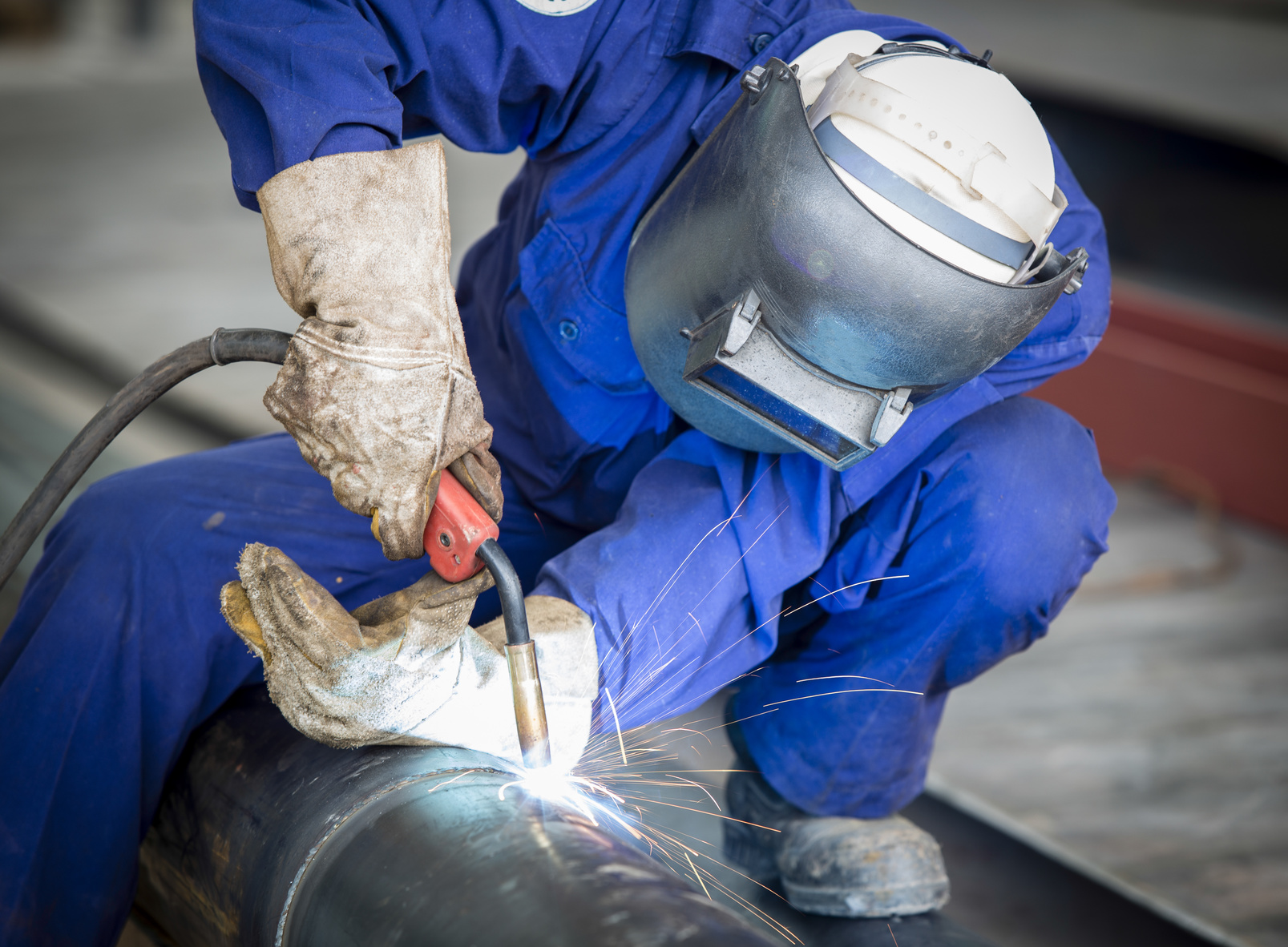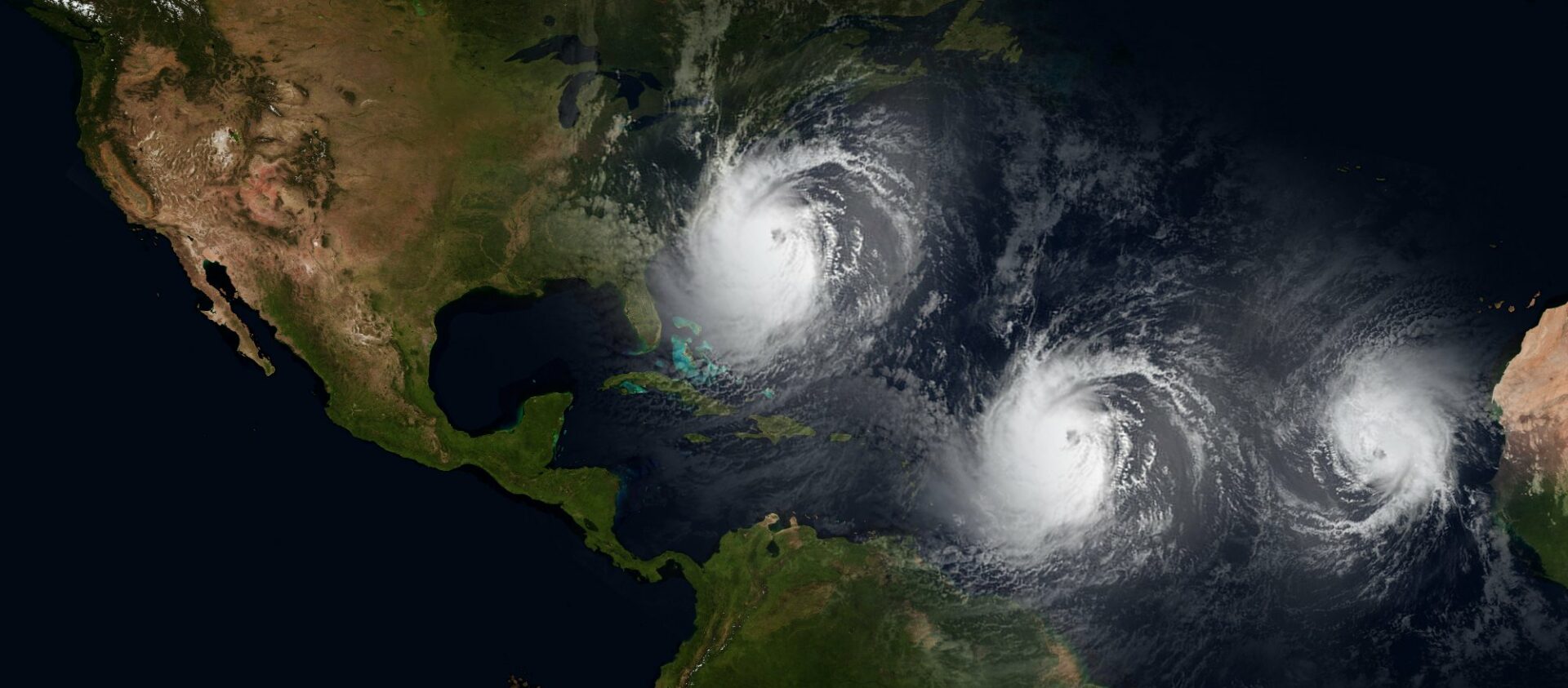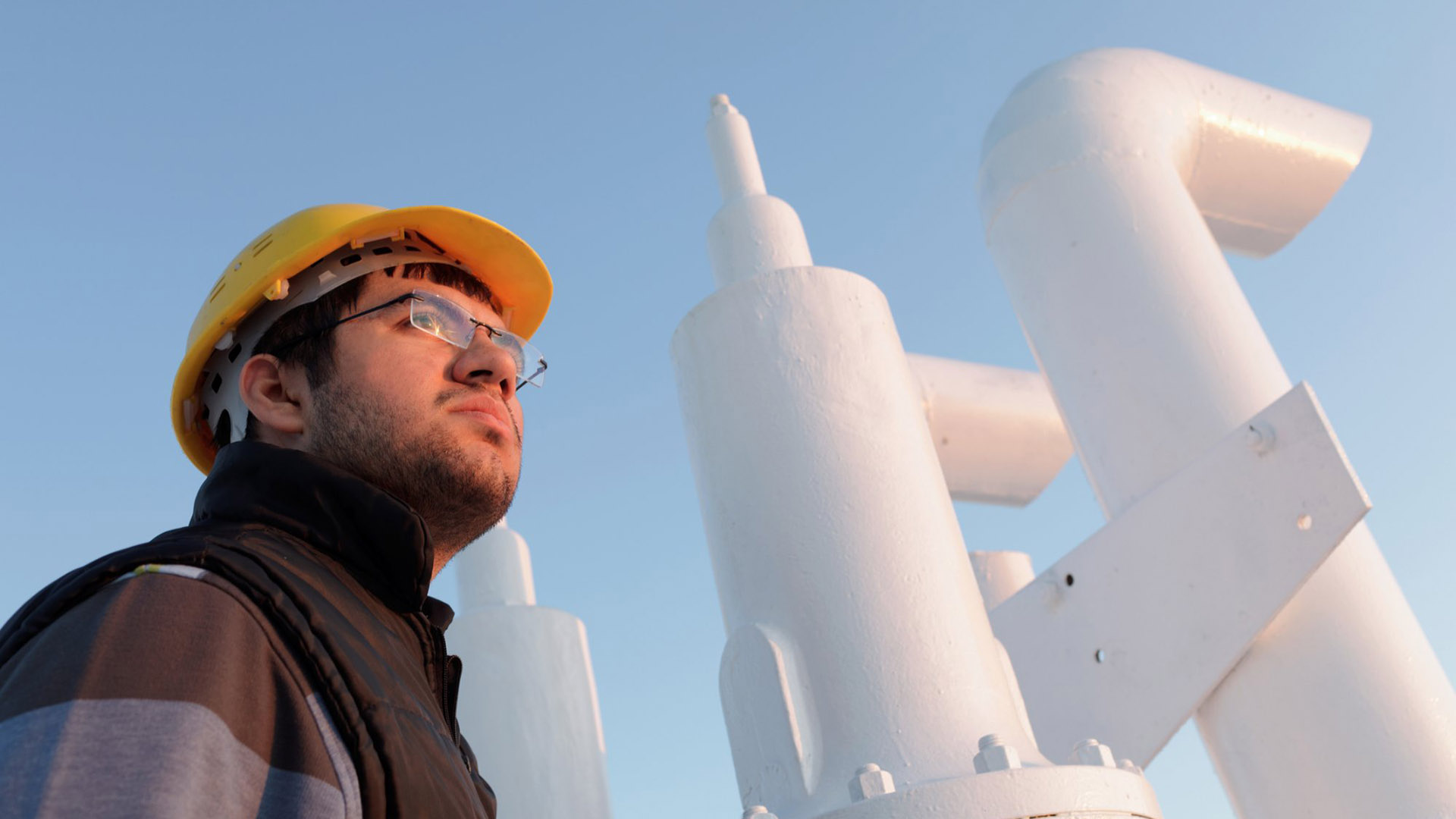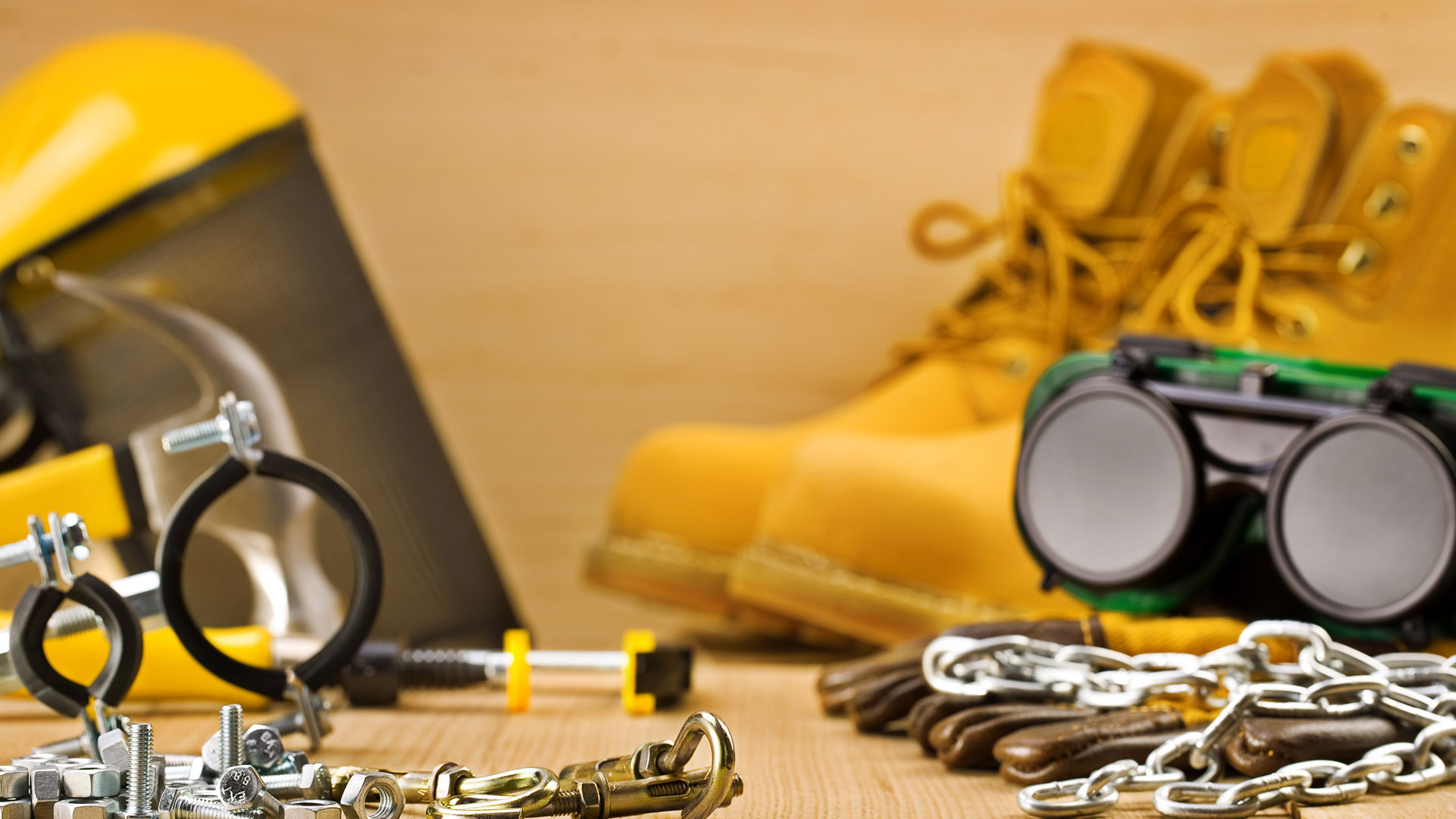The only thing that makes your safety leadership look more ineffective than having your worst people screw up your safety record is having your best people do it.
Continue readingWhy Being Prepared Is Better Than Being Smart
The Hurricane Don’t List: safety tips from two generations of survivors
They say experience is important, but do we really need to learn our greatest lessons about safety at the point of failure? Although I appreciate the guy who blew himself up instructing me how not to blow myself up, I also want to hear about the person who, as nondramatic as it may seem, avoided having an accident.
In a recent study to be published in Accident Analysis & Prevention,1 researchers have determined that a sidewalk’s distance from the street is a major factor in pedestrian-motorist collisions. In short, the closer you are to cars in motion, the more likely you are to be hit by one. Seriously? We needed a study for that? As comically obvious as that is, it proves a very important point: Safety, first and foremost, is about positioning yourself to be safe. Without that foundation, everything else is simply less effective.
As a Houston resident dealing with Hurricane Harvey; and Hurricane Ike back in 2008 (which spawned a watery tornado that put a hole in my roof, flooded my house, and motivated me to move into a tall concrete building where I safely reside now), I’ve been inspired to put together a preventative list. Let’s call it a “don’t” list. That is, if you want to position yourself (physically or provisionally) to weather a storm safely—
- Don’t stand on the balcony of your high-rise in hurricane winds. It sounds like a no-brainer, but if you notice your patio furniture is missing, don’t go out there!
- Don’t be hopeful. Hope is not a strategy. Instead, expect to be flooded. In Houston, New Orleans, or coastal Florida/Caribbean, carpet and wooden floors are for those who enjoy overpriced contractors.
- Don’t live where the water goes. You can always find a really good deal on a nice big house in the middle of a floodplain! Because water seeks its own level, it’s eventually going to seek your house.
- Don’t starve. Water and nonperishable food are available almost everywhere. If you think you’ve had a bad argument with your spouse before, try arguing after three days with no food.
This fourth pointer is where I fell short during Hurricane Harvey. As smart as I thought I was having survived a previous storm, and having grown up on the coast of Florida, I did in fact run out of food. The grocery stores closed prematurely and we did not have enough food on hand.
In this, I am the conflicted child of my parents. After experiencing the great hurricane of 1935 as a little girl in Miami (back before we started naming ominous weather events after mild-sounding aunts and uncles), my mother always had candles, batteries, and flashlights on hand and a pantry full of food. My father always poked fun at this. “Betty Ann,” he would say, “are you planning for the end of the world?” She’d fire back, “Billy, if the world does come to an end, that doesn’t mean we’re not having dinner!” My mother, it turns out, was an expert in preventative strategies.
I, on the other hand, am now the hurricane equivalent of the guy who talks to you about fire safety because he has actually burst into flames. I speak at safety conventions every month; in 22 years of speaking professionally, I’ve delivered safety messages on five continents. One might imagine I would have the fundamentals of safety down pat. The truth is that when a hurricane approaches, it’s easy to forget some basic things. More importantly, the lesson is to consider whether you’ve positioned yourself to remain safe long before the storm hits.
The Dangerous Truth About Safety
Safety leaders need personal influence skills so they can consistently engage employees. If you don’t know how to get people to believe, it doesn’t matter what you say.
Continue readingSafety Is Not a Goal; It’s a Lifestyle
Let’s liberate ourselves from the BS. Many of us who try to make the safety programs work…
Continue readingThe Real Truth About Safety: Creating a Culture of Buy In
How do safety leaders and managers create a culture of safety?
Knowing that safety is important is clearly not enough to create (or even put a dent in creating) a culture of safety and incident-free environments. We have heard the messages “Safety First,” “Target Zero” and, as a very dedicated guy in rural Louisiana explained it, “We ain’t toleratin’ no more dead dudes!” As powerful and eloquent as these messages might be, they haven’t produced the buy-in we might have hoped for.
Frankly, it’s not hard to imagine some skepticism arising in response to these messages. When I hear “Safety First,” I wonder: Are you paying me to do my job or to just not get hurt while attempting to do my job? The motto “Target Zero” seems to ignore the fact that in some industries we will have recordable incidents and fatalities regardless of huge improvements. Just because there is always some idiot who thinks that Jägermeister and welding are a great combo, does that mean we have failed at safety?
Overall the improvement is tremendous: in the past 25 years, we have managed to do very well and people are much safer on the job than ever before. But it seems that the complacency that causes some accidents can actually be created by having a great safety record. After all, if you have no recordable incidents for a year and you have seen great improvement, what’s next? Well … how ’bout Jimmy walking and texting (neither of which he does well) – and slipping and hurting his back?
The only way to change a culture is to get an extremely high level of repeatable buy-in. That means the message from leadership has to be very clear, simple to implement and not a total pain in the ass! It also means that we have to be realistic about what’s working. Have you noticed that the job site with the best safety record is the one where the boss makes everyone feel valuable, the people seem to trust one another and everyone gets along well? It’s true. There may be a few exceptions – a place where Jimmy and his three brothers (all less sharp than he is) happen to work, for example. (If your name happens to be Jimmy, it does not mean you’re accident prone. It’s just the name we are using in the article based on the fact that there seem to be a lot of guys named Jimmy in jobs that involve tools or machinery.)
Most research confirms that when people feel valuable, they make fewer mistakes. They are more loyal and they watch out for each other. They are consistently willing to do more of what they are asked to do. All of that results in dramatically fewer incidents and a true culture of safety. But how do you make that happen in your organization or at your location?
Here are seven ways to make sure you achieve a culture of safety and that your environment is positioned to reduce incidents:
- Beware of mixed messages: “Hey, you guys, be safe but hurry up! Don’t be so safe that we can’t make any money!” The real message is “Let’s get it done before 5 p.m. – but if you get outside the safety guidelines, rethink it.”
- Make sure that the people around you understand that you have their back. They will be more likely to have yours. Watch your behavior and treat others with respect. Guess who will not have anyone rushing back into the burning building to save him? That’s right, the guy who nobody likes!
- Be realistic about how people feel about safety procedures. If you have a process or situation that everyone makes fun of or complains about, look into it and make adjustments. There is nothing more dangerous than expecting people to be protected by things they obviously don’t believe in.
- Remember that many accidents happen indoors in office environments. Approximately 76,000 people each year are hospitalized from putting their feet on their desks and leaning back in a chair. Acting like a big shot is not only obnoxious; it’s apparently dangerous! Also, women in high heels who stepped from carpeted surfaces to hard floors had a surprising number of injuries. (To be fair, I think men in high heels had even more.)
- Communication skills are the foundation of safety. Let people talk about what’s important to them before you tell them your opinions. People who feel heard are much more likely to listen to you. To make safety happen, we have to be influential enough to have what we say create actions in others. If people see their input in your safety solution, they are much more likely to have buy-in and much less likely to be injured.
- Don’t tell the guys in their 20s how brave you were “back in the day” before modern safety equipment. We are our brothers’ and sisters’ keepers, and that means our younger brothers and sisters especially. On a job site, I once heard a guy in his 50s say to group of people in their 20s, “You young guys have all this protective clothing and special tools! In the ’70s, we were down in there naked with a Q-tip!” Challenging someone’s manhood makes you part of the problem.
- Make sure you can clearly explain the value of a safety procedure or policy in 30 seconds. People buy into what they understand quickly. The leading addiction on the planet is not drugs or alcohol; it’s convenience. People will consistently abandon a safe process that’s complicated for an unsafe one that’s not. Keep it simple. It does not matter how smart you are if nobody knows what you’re talking about!
Whether you are a leader who is driving safety forward or just a person on the job trying be good at what you do without being hurt, it requires influence. Are you influential enough to make safety happen around you? Do you have the trust and the relationships in place to help safety concepts and procedures remain effective? For some of you, it may be hard to buy into how important it is for people to have a supportive environment to do their job. You may think that it’s all “charm school BS” and people should just do what they are supposed to do and be safe. But in reality, the overwhelming success of this approach is kind of like listening to NASCAR on the radio; you personally may not believe it makes any sense, but for some strange reason it’s still happening!





